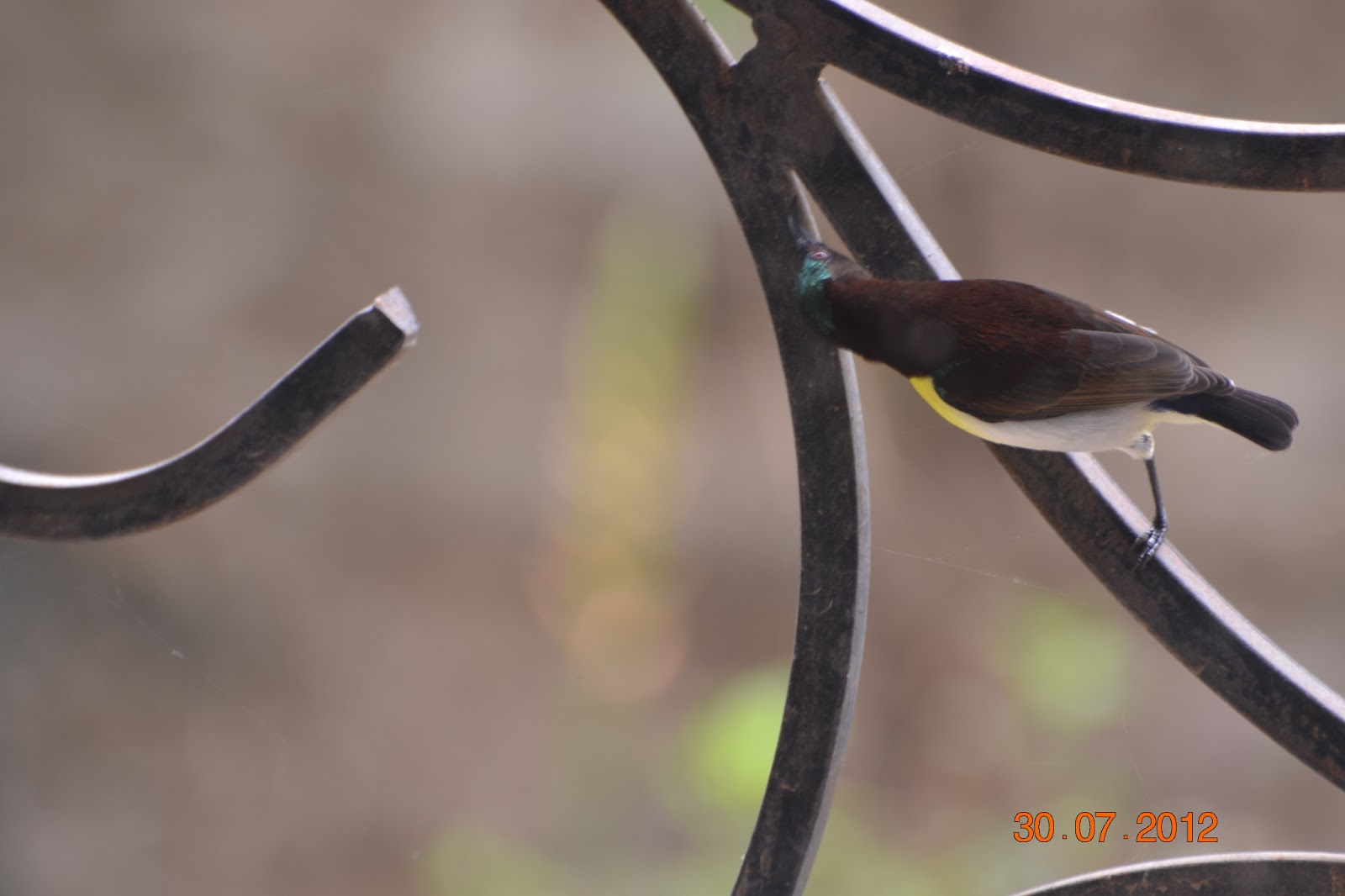My garden
is devoid of any red hibiscus plants, so be forewarned that I am left only with
the option of using the beautiful pink
and dark pink varieties of hibiscus flowers for my Hibiscus tea. Yep, you
guessed right! I use fresh hibiscus flowers in my tea.
In fact,
my tea could also be called as a hibiscus ginger tea or hibiscus lemon grass tea,
or even hibiscus herbal tea. As you might already know, all the ingredients
that I mentioned so far are beneficial to human health. You just have to “Google”
the specific benefits!
I am a
huge supporter of natural healing and wellness. It is by habit, that I keep exploring and
researching about many different plants. Lately, I am enlightened by the knowledge
(although I was initially baffled by the discovery) that, I live “surrounded”
by plants that are healthful or medicinal in nature!
I also
learned that many Ayurvedic Medicines are prepared with many of the everyday plants
that are found in India. Naturally, I decided to use some of these plants to my
advantage. And so, with a little experimentation, my evening herbal tea was
born!
Preparation Time: 10 to 15 minutes
Ingredients:
1) Hibiscus
flowers – about 4 to 5
2) Dried
Lemon Grass – 1 ½ table spoon (If fresh, use 2 thick base stems that are 3
inches long)
3) Ginger
(Skin removed) – 1 inch cube approximately, cut into thin
slices (do not julienne)
4) Fresh
Mint – 2 or 3 sprigs (*1)
5) Water
– 1 ½ cups or less (10-12 oz.)
6) Honey
– 3 table spoons or less, depending on the sweetness preferred
Method:
Pour the water in a small sauce pan and bring to a boil.
 | |
| It is OK to just combine everything together and then boil as well.. |
Add all of the above ingredients, except honey.
 |
| I use 3/4 cup of Indian Basil since the flavor is not so intense as the Thai variety! |
Take the tea off the stove, let stand for about 3 minutes.
 |
| Different kinds of tea strainers. The one on the left is ideal for straining traditional Indian tea |
Pour the tea through a tea strainer into a cup.
 | |
| A warm cup of Hibiscus Tea |
Now, add the honey and stir well. If you prefer a tea that is sweeter, try adding a half teaspoonful of natural sugar.
 |
| Look at the beautiful color! |
I love
the slight tartness the hibiscus flowers and the lemon grass add to the tea,
and the beautiful maroon color that eventually translates into the tea.
The hibiscus
plant is greatly used in Ayurveda and its flowers are believed to have the beneficial
properties for lowering cholesterol levels in the body.
I
remember from my childhood, my mother would make us scrub the hibiscus leaves and
some stems on a rock to create a concoction to be used as shampoo for our hair.
This was an organic shampoo for our hair care needs. We were a family who had
thick black hair, my mother was known as “the girl with hair” when she was
growing up, as her hair when let loose, would almost reach her calves. In fact
it still does reach up to her knees!!!
Lemongrass
is known for its ability to relax the mind and it is supposed to be very good
for digestion.
In recent times, the goodness of ginger root has also been universally accepted!
(*1)
I have Thai basil and Indian Basil in my garden which I sometimes add (about 6 to 7 leaves
Thai Basil or 4-5 sprigs of Indian Basil); but, if you are someone who gets overwhelmed with too
many flavors, it is better not to use it.
(*2)
You could experiment with the quantity of water and the time taken for the
flowers to completely run out of color since the amount of heat varies with respect
to the make/technology of your stove. In the end, you should be left with about
8oz of tea after all the evaporation and draining out through the tea strainer
is done.
I hope
you enjoy your hibiscus tea!
And since
I will be curious about your thoughts, please send me your comments/feedback as
well!
















